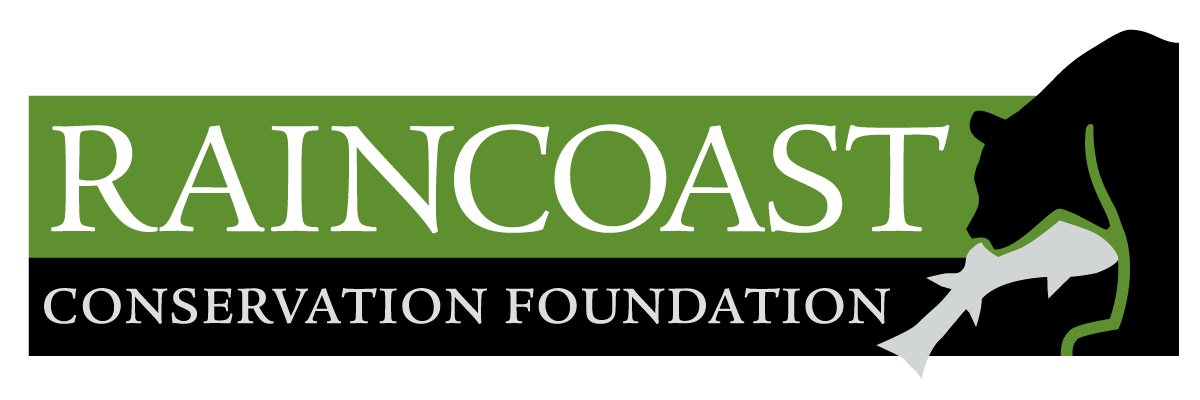Embroiled: Salmon, Tankers and the Enbridge Northern Gateway Proposal
More than 5,000 spawning populations of wild salmon come from the watersheds that surround the proposed tanker routes between Kitimat estuary and Haida Gwaii. These salmon are grouped into 250 irreplaceable biological units and represent 58% of the Pacific salmon on Canada’s West coast. They are the backbone of our remarkable coastal ecosystems, the iconic wildlife that rely on these fish, and the basis of multi-million dollar economies in eco tourism, salmon-based tourism and the salmon resource sector.
The Raincoast report, Embroiled: Salmon, Tankers and the Enbridge Northern Gateway Proposal, explores the connections between the oil industry’s proposed activities and how those activities can adversely affect salmon. It also examines how Enbridge failed to assess the potential impacts to these fish, and did not undertake a risk assessment suitable to determine ecological, social or economic consequences.
We live in a complicated world. Easy access to cheap, abundant, oil has created a high standard of living for many cultures and societies. At the same time, the extraction, refining, distribution, and use of this oil – as energy and in products – is increasingly undermining many of our planet’s life forms and the fragile balance of conditions that support climate stability and human prosperity. These effects are occurring on local, regional, and global scales.
Canada’s northwest coast stands alone as one of our planet’s last unspoiled coastlines. Its assemblage of wild rivers, First Nations cultures, animals, and landscapes makes it qualitatively different from any other place in the world. British Columbians have increasingly come to cherish this maritime commons of waters, islands, and forests. And wild salmon – the foundation species on which this coastal bounty is built – are as important to British Columbians as the French language is to Quebec.
Recently, there has been an aggressive push to convert British Columbia’s (BC) coast into an energy corridor for the export of tar sands oil. This initiative, proposed by the Enbridge pipeline company and backed by the Canadian federal government, would see the world’s largest oil tankers routinely traverse the
rare, natural labyrinth of islands and inlets to deliver diluted bitumen to global markets. Such a project would transform a place that has largely withstood the march of industrialization.
It would inescapably subject its waterways to the chronic contamination and likelihood of spills that has accompanied the oil industry the world over. This report is about the proposed transport of Canadian tar sands oil through the BC coast, and the implications such a project would have for wild salmon. We reviewed elements of risk and potential impacts to wild Pacific salmon in BC’s Queen Charlotte Basin from the tanker and terminal components of Enbridge’s proposed Northern Gateway Project. These risks stem from the presence of oil tankers loading and transporting tar sands oil (diluted bitumen), the toxicity of diluted bitumen from chronic and episodic oil exposure, and other effects to BC’s wild salmon habitat from tanker and terminal operations.
Read the rest of the executive Summary (PDF)

Citation
MacDuffee, M., A.R. Rosenberger, R. Dixon, M.H.H. Price, and P.C. Paquet. 2013. Embroiled, Volume 1: Salmon, tankers and the Enbridge Northern Gateway Proposal. Raincoast Conservation Foundation. Sidney, British Columbia. Vers 01-13, pp. 107.
ISBN: 978-0-9688432-8-4

